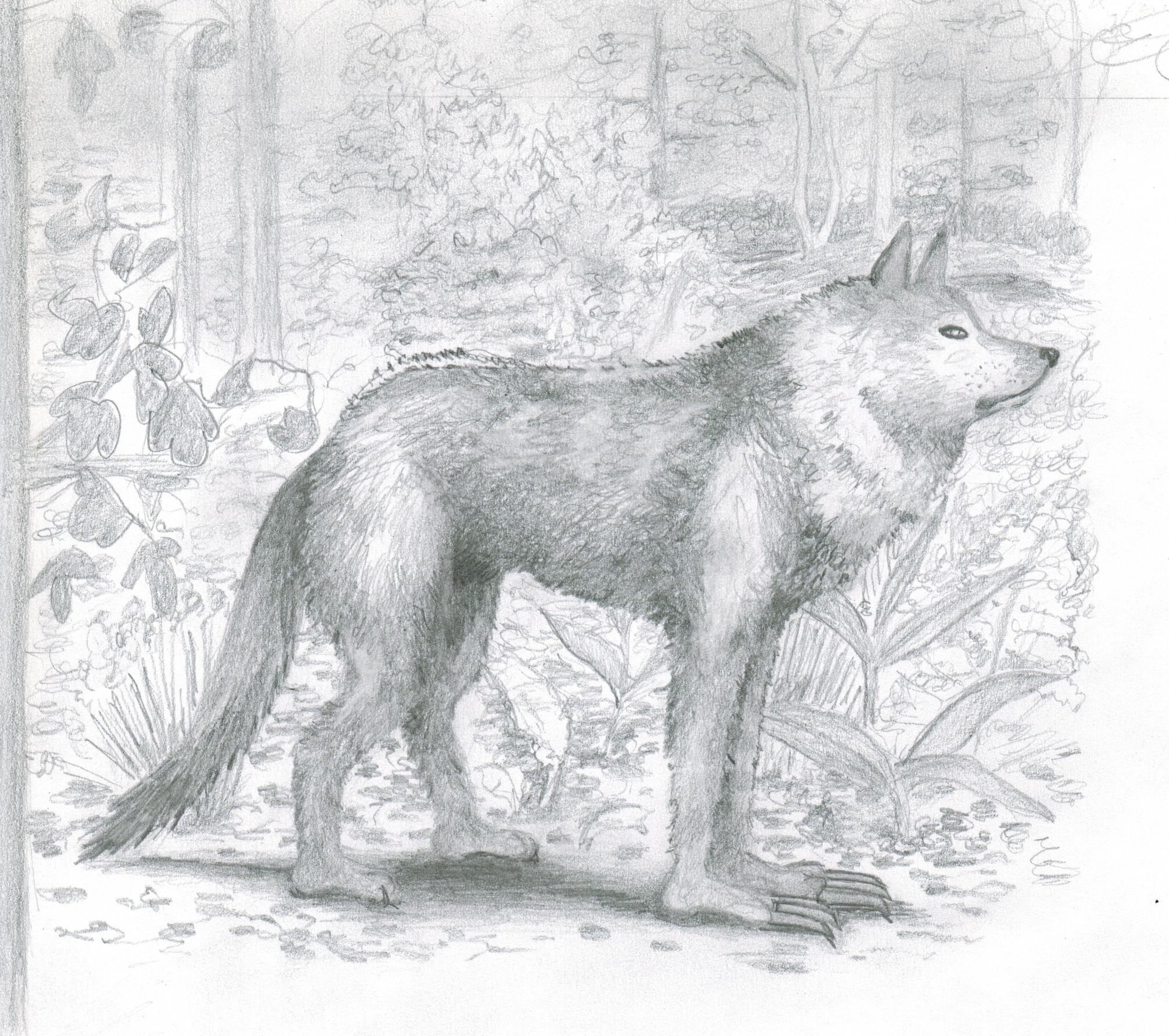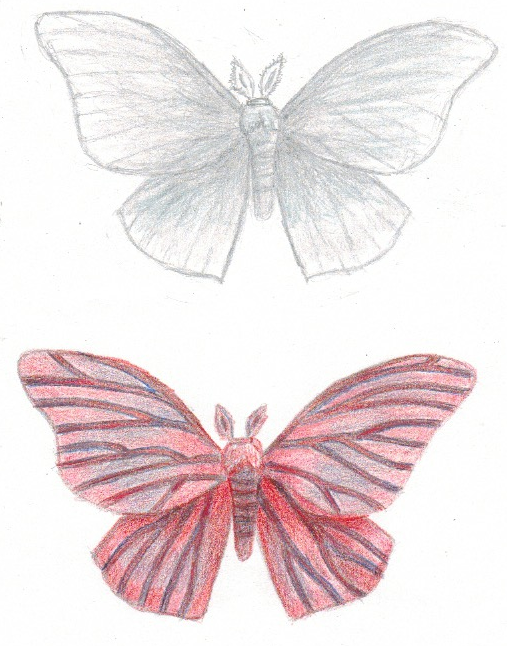Flora and Fauna
Located in a semi-tropical region, Moru Kel and the surroundings are teeming with life. Other animals are known as important imports or symbols of other cultures. Some plants and animals are important as comestibles, while others are dangerous or have non-food value.
Among the most important:
Flora
- Brambleberries, used to make wine and as a central ingredient in the brambleberry breeze
- Butternuts, an olive-like nut contained in a soft shell. Imported from Kelcarn
- Carrots, a delicacy. Also from Kelcarn.
- Citron, a tart citrus fruit.
- Donga beans, small, earthy, hearty beans.
- Dusk moss, a ground-dwelling moss that takes on a bruised appearance toward nightfall. It has mild hallucinogenic properties when harvested at the right time, dried, and eaten. Popular among teens and young adults.
- Golden rice, a primary staple of Doma often exported. Has a finer flavor than brown jungle rice.
- Kasha, a bitter bean imported from Tarima which is ground to powder, steeped in hot water, and strained to brew a surprisingly delicious and revitalizing beverage. Kasha was virtually unknown in Moru Kel prior to the Symposium, but has rapidly become a morning ritual for the city’s inhabitants.
- Kelp, Black, staghorn. Often boiled to form an agar or eaten in salads. Wahki kelp is used to make kelp noodles.
- Lacewort, a moss-like plant that is named for its medicinal use: lacewort’s filaments will lace together wounds, helping prevent bleeding and scarring. Its acidity also inhibits infections.
- Locust Flower, an edible flower that blooms only every seven to ten years, presaging a big locust season.
- Maize or corn, a dominant grain in Moru Kel’s diet. Bread, tamales, and puddings are all made from maize.
- Messino Fruit, a breadlike fruit with hints of cinnamon that is found in the Breaklands. It earns its name from its popularity as an export to Mezzi Island, where it is a ubiquitous accompaniment to the rich Mezzian wine.
- Mortiños, small, tart, blackish-blue berries, often baked into pies.
- Mushrooms:

- Arugina or gina, an edible blue-green mushroom valued mostly for its color.
- Bell mushrooms, a mild white variety.
- Black truffles, the most valued mushroom.
- Blackhorns, a nuttier, dark-fleshed fungus.
- Crowncap, a toxic mushroom with a distinctive purple cap with a honeycomb pattern. The Circle of Spores pay decent coin for these.
- Corn must, a fungus that affects maize but is sweet eating.
- Stone mushrooms or Cèpe, somewhat darker and more robust than the bell mushroom.
- Ochala, a nut valued for its butter and oil. Rarely eaten but used in cosmetics and ointments. Ochala oil has a distinctively pleasant floral fragrance, with spicy and earthy notes.
- Palao or Snakeskin tree, which sheds its bark in fine curls which are used by the Seta to make kites.
- Paperrush, a reed-like plant from Doma which makes excellent writing material.
- Peppers, used especially in astrapa sauce
- Finger peppers, a moderately hot pepper, dark red when fully ripe
- Fire peppers, a fiery hot pepper ranging from deep orange to light yellow
- Poblanos, mild but deeply smoky
- Pinepear, a large, sweet-fleshed fruit eaten or used for juice
- Tamarillo, sometimes called the “tree tomato”, these have a lemony tomato flavor, perfect for prawns, soups/sauces, on a sandwich/in a pasty, or in a salad
- Tucha Fruit, a large fruit with a fibrous husk, averaging 8" in diameter. The fruit inside is the color of dragon fruit, striated with white and is extremely sweet
- Water apple, a firm-fleshed moderately sweet fruit. An excellent source of hydration, water apples are like a refreshing drink in a natural ‘bottle’!

Fauna
- Aardwolf, an omnivorous predator that uses its long front claws to dig burrows and to hunt prey. The claws give it a distinctive swooping gait.
- Aurochs, a large, dangerous horned quadruped that is hunted by the Nawabe. Reportedly has flesh similar to but more delicate than a goat. It is sometimes available dried and seasoned and has a taste akin to, but richer than, cured venison or bear.
- Bloodmoth, a bloodsucking moth that feeds on both warm- and cold-blooded prey.

- Briarmouth or hoka, a needlefish that is native to Kilpo Bay
- Broadbacks, large shelled reptiles used as beasts of burden in Moru Kel.
- Cats, valued as companions and for pest control
- Clams, especially slipper clams and sugar clams
- Crab spiders, large, crab-like spiders with a delicious soft flesh
- Crabs, the large Tarsha crabs have a light coconut flavor and are a valued import.
- Dafari’s urchin, a purple urchin used to treat the epidemic that swept through Moru Kel in 504 K.S. Named for Dafari the Physik, who saved thousands after discovering the urchin’s medicinal properties.
- Deathbladder squid, a squid native to the bay that is a delicacy. Care must be taken to remove the poisonous bladder without rupturing it, or the results could be lethal.
- Donkey, used as pack animals and sometimes eaten by the poor
- Ducks, valued for their flesh and eggs
- Various frogs, valuable for their legs.
- Geese for food and eggs
- Goanna, a medium-large lizard common in the Moru Kel, occasionally kept for pest control, eaten in bechi.
- Goats, kept for milk and dairy products and for their meat
- Golden perch, a sweet and delicate white flesh make this native of Quayshi’s rivers famous. Our local perch are, sadly, more muddy in taste.
- Gryphons, native to Mezzi Island and emblematic of their Gryphon Guard, and aquatic gryphocampi which terrorize boats in the region
- Hake, a sweet, mild fish often substituted for the more valuable platfish
- Imbalaba, a jungle antelope largely found south of Moru Kel and west of Esmi.
- Irix, a semi-divine bird rumored to inhabit the Spice Islands
- Jungle Fowl, much like a large, flightless pheasant or grouse, cage-raised as food.
- Kernu, a horned, boar-like beast that is a symbol of Moru Kel, valued for ivory and meat
- Kolibri, a small, rainbow bird that is lucky for travelers
- Limpets, often baked into pies
- Locusts, a periodic scourge of the crops. Can be fried and eaten.
- Mussels, blue-points are the best.
- Necklace jellyfish, a jellyfish common to Kilpo Bay which trails bioluminescent “beads” along the strings descending from its cap.
-
 Nokka, a llama or goat-like creature with a long, camelid neck found in the Burkhdyn Gazar range, often kept by the Iswari.
Nokka, a llama or goat-like creature with a long, camelid neck found in the Burkhdyn Gazar range, often kept by the Iswari. - Nutgrubs, found around nut trees and delicious when fried in butter or ochala butter
- Orca, a large, dangerous whale-fish.
- Oysters, king oysters are the largest but ladyfeet have the sweetest flesh
- Perkunas, or thunder-hawk, a massive raptor with a wingspan reaching up to 50'. They’ve been known to carry off adult goliaths.
- Platfish, a camoflaged flatfish that is a particular delicacy
- Quayshi Lobster, smaller and less flavorful than the northern variety found in Kelcarn, though still quite good, these freshwater crustaceans are larger and than the crayfish found in the swamps around Typor.
- Sailfin, valued by sport fishers as they are fast, difficult to catch, and gorgeous on display.
- Sawnose, also Sawtooth Gar, these fearsome fish can reach over 20' in length, and their sawlike bills can be almost 3' long. The mahksi mostly keep the sawtooths out of Kilpo Bay, and both the saws and the delicious flesh are sought after by those who can afford them.
- Sea bat and sea kite, related skates that are good eating (though the Seta refuse to eat them).
- Sentry Lizard, a massive lizard sometimes trained as a guard or hunting beast. The mahksi sometimes keep sea sentries for defense.
- Shagri, a snow fox found high in the Burkhdyn Gazar
- Sharks, notably
- Grazing shark, a relatively harmless denizen of Kilpo Bay that keeps kelp and seaweed contained
- Hunter shark, a vicious predator that is hunted down by mahksi and sea sentries
- Sand shark, a trash fish that can nip at your feet
- Sheep, kept as meat and dairy
- Shipbird, gregarious but primitive multi-hued birds kept aboard many sailing vessels
- Shock Eels, river-dwelling eels who are capable of killing a human with their electrical discharges.
- Silver Eels, oily and fatty, the mahksi consider these a delicacy
- Tree Lizard, small green lizards consumed as bechi
- Tree Snails, generally harvested around dusk and dawn
- Wasps, important pollinators and honey producers in Moru Kel. A vicious strain was responsible for the Scars.